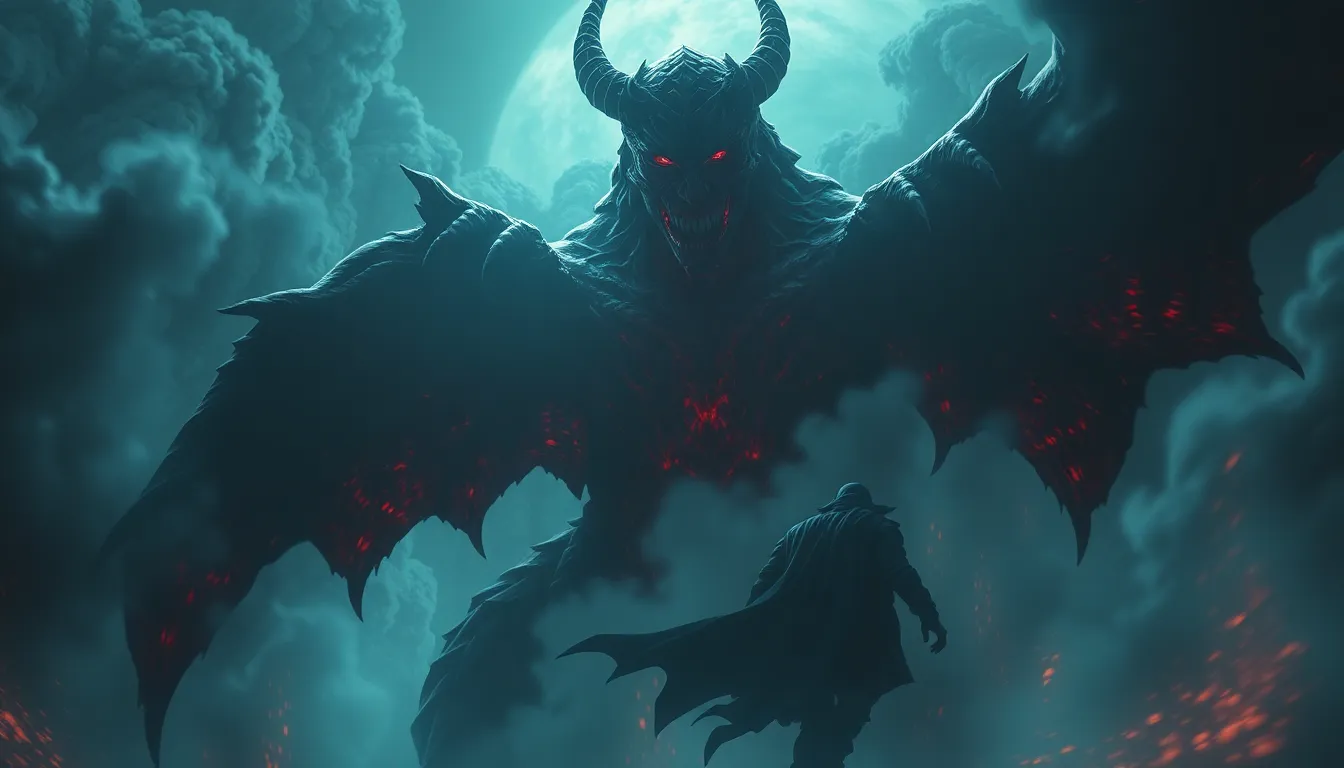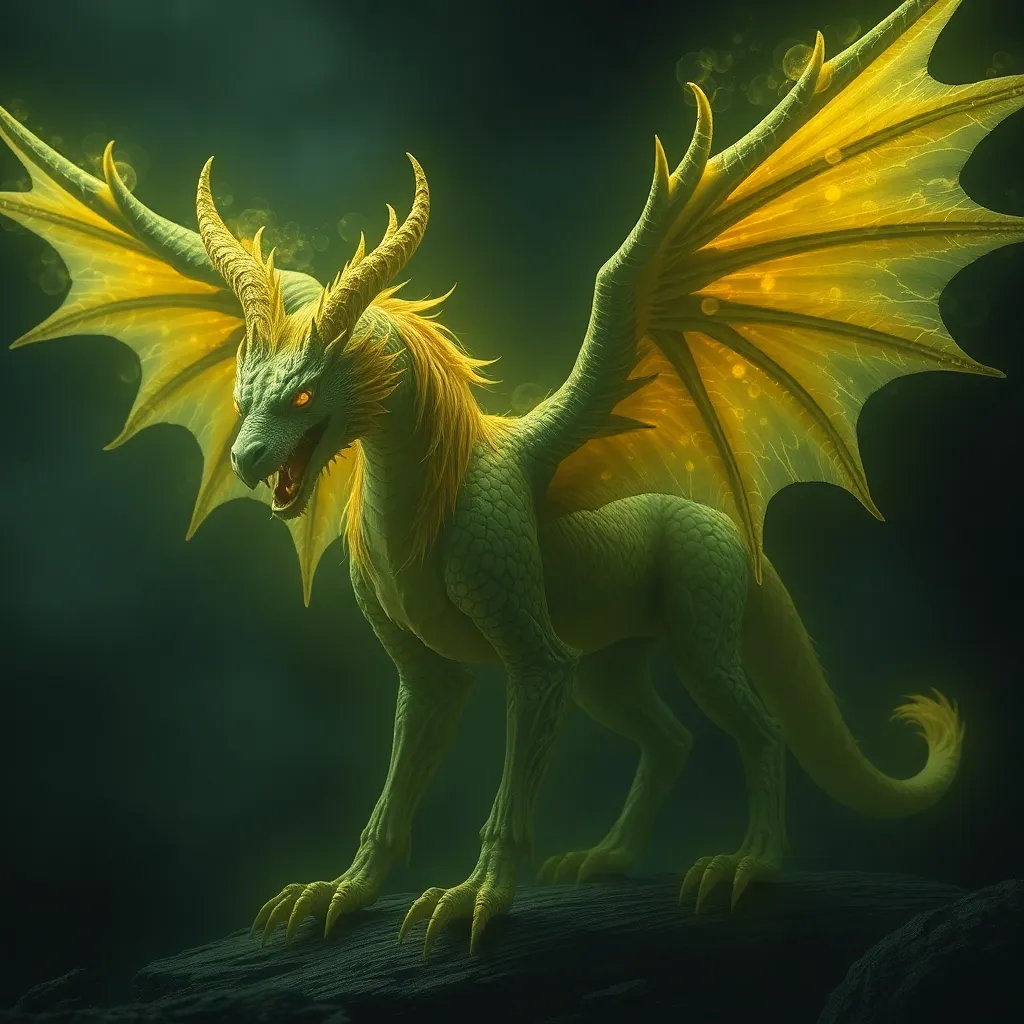The Most Startling End of the World Predictions Revealed
I. Introduction
Throughout history, humanity has been captivated by the idea of apocalypse. Whether originating from religious texts, ancient prophecies, or modern science, predictions about the end of the world have sparked both fear and fascination. These predictions often reflect deeper psychological and cultural anxieties, serving as mirrors for societal concerns.
This article aims to explore the most startling end-of-the-world predictions, examining their historical context, scientific validity, and cultural significance. By analyzing various perspectives, we can gain insight into why these predictions persist and how they shape our understanding of the future.
II. Historical Context of Apocalyptic Predictions
Apocalyptic predictions have existed for centuries, transcending cultures and civilizations. Here, we delve into some influential historical contexts:
A. Ancient prophecies: From the Mayans to Nostradamus
The Mayan civilization is often cited for its prophecy regarding December 21, 2012, which many believed would mark the end of the world. Similarly, Nostradamus, a 16th-century French astrologer, is famous for his cryptic quatrains that some interpret as predictions of future disasters.
B. Religious texts and their interpretations regarding the end times
Many religious texts, such as the Bible and the Quran, contain verses that describe apocalyptic events. The Book of Revelation, in particular, has been interpreted in various ways, leading to diverse beliefs about the nature and timing of the apocalypse.
C. The impact of historical events on apocalyptic beliefs
Major historical events, such as wars, plagues, and natural disasters, have often fueled apocalyptic beliefs. For instance, the Black Death in the 14th century led many to believe the end was near, shaping cultural narratives around death and doom.
III. Scientific Predictions: The Role of Climate Change
In recent years, scientific predictions have taken center stage in discussions about potential apocalyptic scenarios. Climate change, in particular, poses significant threats to global stability.
A. Overview of climate science and its alarming forecasts
Climate scientists warn of increasingly extreme weather events, rising sea levels, and biodiversity loss. These forecasts suggest a future where human life is drastically altered by environmental changes.
B. Major reports: IPCC findings and their implications
The Intergovernmental Panel on Climate Change (IPCC) has published numerous reports detailing the urgency of climate action. Their findings indicate that without immediate intervention, the world could face catastrophic consequences by the end of the century.
C. Public reactions and cultural shifts in response to scientific warnings
Public awareness of climate change has grown, leading to movements like Fridays for Future and widespread discussions about sustainability. However, these warnings can also lead to feelings of helplessness and anxiety about the future.
IV. Technological Catastrophes: The Dangers of Advancements
As technology evolves, so do the fears surrounding it. Many predict that advancements could lead to disastrous outcomes.
A. Artificial intelligence and the fear of singularity
The concept of the technological singularity suggests that superintelligent AI could surpass human intelligence, potentially leading to unforeseen consequences. Prominent figures like Stephen Hawking and Elon Musk have warned against unregulated AI development.
B. Nuclear threats and global tensions
The threat of nuclear war remains a persistent concern, particularly with ongoing geopolitical tensions. The potential for catastrophic destruction from a single nuclear strike looms over global politics.
C. Potential pandemics from biotechnological experiments
Advancements in biotechnology raise concerns about engineered pathogens that could escape containment. The COVID-19 pandemic has heightened awareness of the risks associated with biological research.
V. Astrological and Astronomical Events
Extraterrestrial events have also sparked fears about global catastrophe.
A. Asteroid impacts: Historical occurrences and future risks
History has shown that asteroid impacts can lead to mass extinctions, such as the one that wiped out the dinosaurs. Scientists continuously monitor near-Earth objects to assess potential threats.
B. Solar flares and their potential to disrupt life on Earth
Solar flares can disrupt satellite communications and power grids, posing risks to modern infrastructure. Major solar storms could lead to widespread chaos and economic disruption.
C. The influence of celestial events, such as supernovae or black holes
Though rare, events like nearby supernovae or the potential for a black hole to disrupt our solar system present theoretical concerns about planetary survival.
VI. Cultural Phenomena: Movies and Media Representations
Popular culture plays a significant role in shaping perceptions of the apocalypse.
A. Analysis of popular apocalyptic films and their societal impacts
Films like “Mad Max,” “The Road,” and “Children of Men” depict dystopian futures, influencing public imagination about societal collapse. These narratives often reflect current anxieties about technology, climate change, and governance.
B. How media shapes public perception of end-of-the-world scenarios
Media coverage of disasters can create a sense of urgency, while sensationalism may lead to desensitization. The portrayal of apocalyptic scenarios can either instill fear or motivate action.
C. The role of fiction in preparing or alarming the populace
Fictional narratives can serve as cautionary tales, prompting discussions about preparedness and resilience. Alternatively, they can perpetuate fatalism and despair.
VII. The Influence of Doomsday Cults and Movements
Doomsday cults have emerged throughout history, often predicting imminent apocalyptic events.
A. Overview of notable cults predicting the apocalypse
Groups like the Heaven’s Gate and the Branch Davidians have gained notoriety for their end-times predictions, often leading to tragic outcomes.
B. Psychological motivations behind following doomsday predictions
Individuals may be drawn to these beliefs as a way to cope with uncertainty and chaos in their lives. The sense of belonging and community in these groups can be appealing.
C. The societal effects of mass hysteria and belief in impending doom
Mass hysteria can lead to panic and irrational behavior, impacting societal stability. These beliefs can also influence public policy and social dynamics.
VIII. Recent Predictions: Social Media and the Spread of Misinformation
In the age of digital communication, the spread of apocalyptic predictions has accelerated.
A. The rise of online conspiracy theories regarding the end of the world
Social media platforms have become breeding grounds for conspiracy theories, with predictions about various apocalyptic scenarios gaining traction and followers.
B. Case studies of viral predictions and their aftermath
Instances such as the viral spread of predictions around the Mayan calendar or the “Nibiru cataclysm” demonstrate the power of social media in amplifying unfounded fears.
C. The role of social media platforms in shaping apocalyptic narratives
Platforms like Facebook and Twitter have enabled rapid dissemination of information, often blurring the lines between fact and fiction, and influencing public opinion on existential threats.
IX. Coping with End Times Fear: Psychological Perspectives
The fear of apocalypse can lead to significant psychological distress.
A. Understanding existential dread and anxiety related to end-of-the-world predictions
Existential dread is a natural response to uncertainty about the future. Understanding this fear is crucial for mental health and resilience.




